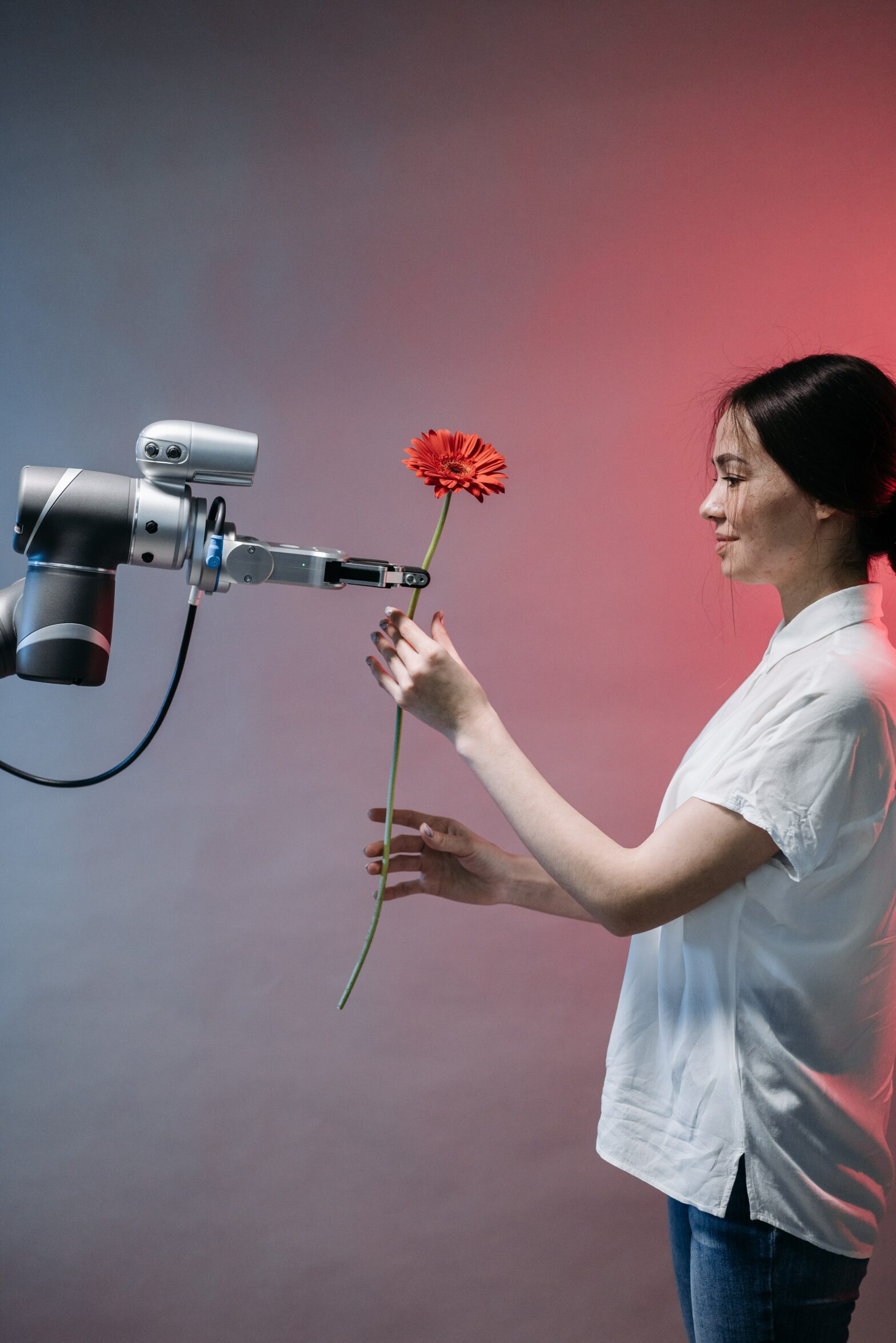Solving Hard Things: How Medifé Built Stable Telehealth Services Amid a Global Crisis
Telehealth as a Strategy


Solving Hard Things: How Medifé Built Stable Telehealth Services Amid a Global Crisis

Voice recognition technologies are advancing in IoT devices, promising to transform the connected home. Since its inception in the 1950s, voice recognition has evolved, achieving notable accuracy by 2018 and accelerating due to the pandemic. By 2023, it is expected that there will be 8 billion digital voice assistants in use, driving a $31.82 billion market by 2025. These systems enable smart home automation beyond device management, incorporating emotion- and context-based interaction, and opening possibilities for new uses.

Technological solutions based on data are emerging as crucial to addressing the growing water scarcity. The use of IoT devices enables smart management of water resources at domestic, governmental, and agricultural levels. This approach has led to increasing investment in the smart water management market, estimated at $53.6 billion by 2031, with applications ranging from leak detection and prevention to irrigation system automation and problem forecasting. The combination of sensors, data analysis, and IoT technologies offers an innovative and essential solution for tackling future water scarcity challenges.

Consulting and advice on Google Cloud Platform content achieving greater efficiency.

The Evolution in Document Management.

Development of a hybrid solution to detect pools in different regions

65% of companies in Spain risk becoming irrelevant if they do not adopt big data strategies, a sector growing at an annual rate of 30%. Machine Learning allows models to learn automatically but requires human supervision to avoid negative outcomes, as seen with Microsoft’s bot. The quality and quantity of data, as well as accurate and efficient labeling, are key to successful Machine Learning model training.

Automation and artificial intelligence (AI) are creating more jobs than they are replacing. By 2025, it is expected that 97 million new jobs will be created, surpassing the 85 million workers projected to be replaced. The demand for roles such as data analysts, AI and machine learning experts, data scientists, and synthetic data builders is constantly growing. Additionally, AI is driving hybrid work, where machines handle repetitive and dangerous tasks, allowing humans to focus on higher-value activities.

Vertical farms allow for sustainable and efficient crop production. Robotic technology and artificial intelligence are key in this process, optimizing everything from monitoring and planting to harvesting. The adoption of robotics in vertical farming will continue to grow, as it can address most challenges and improve the entire crop growth cycle.

Digital transformation is impacting the sports world, including football, through the use of artificial intelligence (AI) and data analytics. At the 2022 Qatar World Cup, teams had access to advanced statistics generated by FIFA to evaluate their performance. Data and video analysts were used to gather information during matches. The current challenge is not just to accumulate data, but to develop the ability to interpret it and obtain relevant information for strategic decision-making. AI and analytical tools enable the use of data to develop strategies based on strengths and weaknesses. The question is whether data will replace intuition in football.